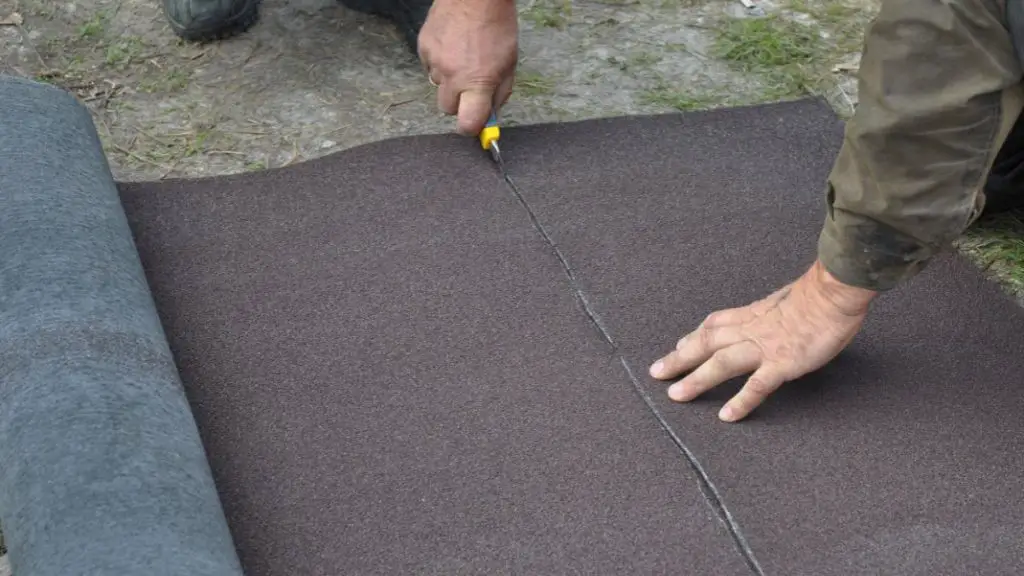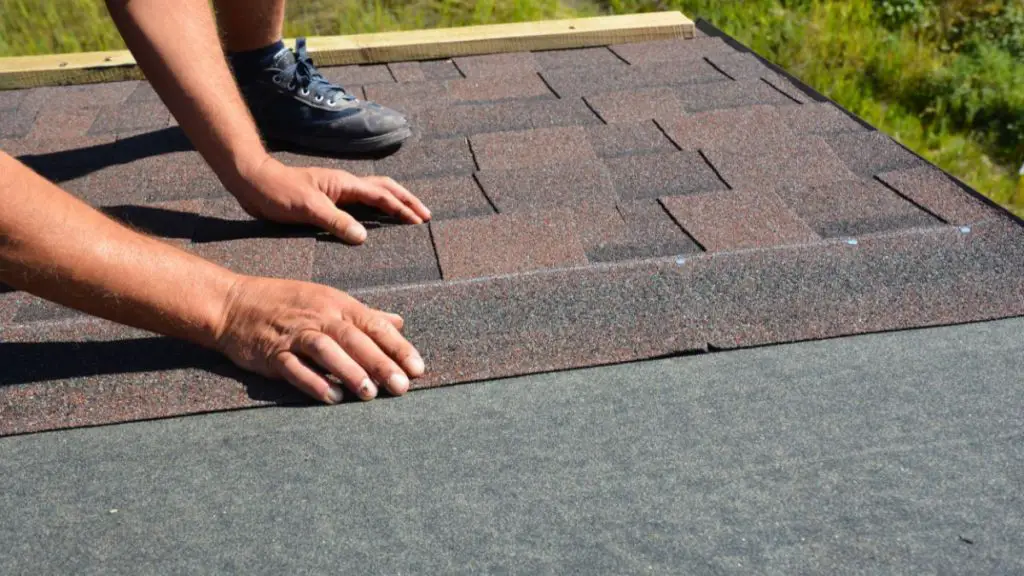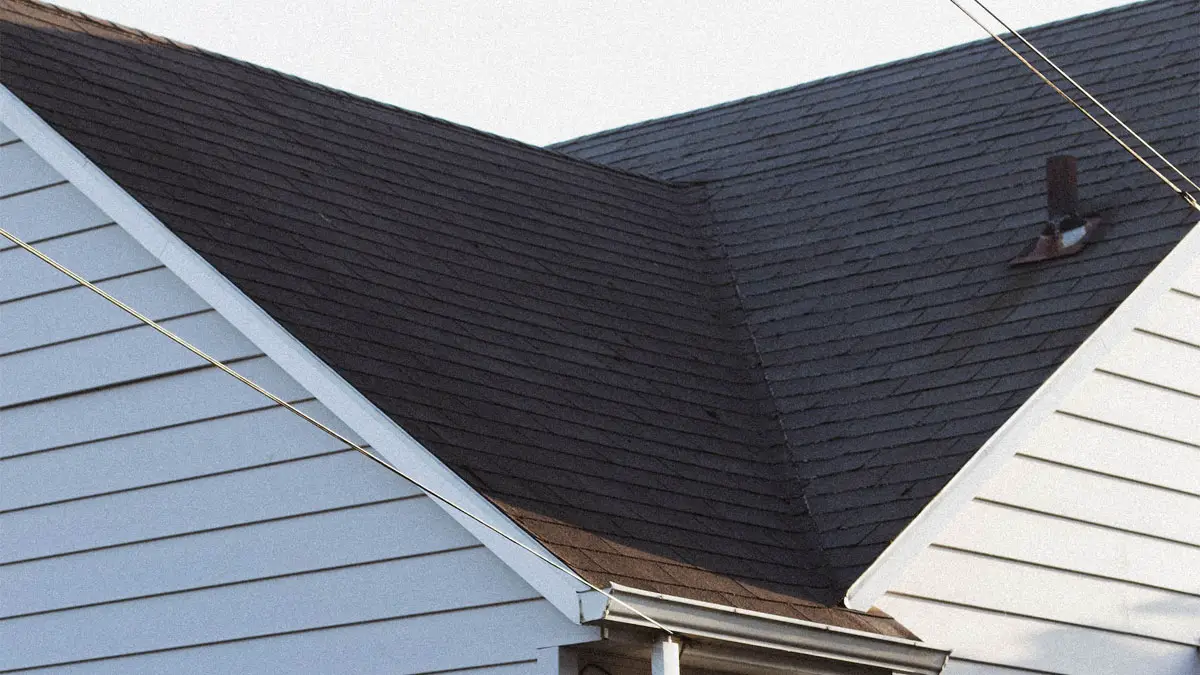As a homeowner, you know that there are a lot of decisions to make when it comes to maintaining your home. The options can seem endless, from what type of roofing to install to what color scheme will look best.
In this blog post, we’ll explore two popular types of roofing: rolled roofing and shingles. Then, we’ll take a look at the pros and cons of each option so that you can decide which one is better for you.
What is Rolled Roofing?

Rolled roofing is an oil-based asphalt product. It is a popular choice for many homeowners because it is relatively inexpensive and easy to install. This type of roofing is available in 100 square feet rolls and weighs about 75 pounds per roll.
However, it is thinner, less durable, cheaper, and horizontally installed in long strips. One of the benefits of asphalt roll roofing is that homeowners can easily install it themselves if they choose, which makes for an easy roofing project.
Where Can I Purchase Rolled Roofing Materials?
If you’re interested in rolled roofing for your home, you can purchase it at your local home improvement store and hardware store.
Pros of Rolled Roofing
- It is a low-cost roofing material in comparison to composite shingles and asphalt shingles
- It is best used when covering low-slope roofs (it is not recommended for flat roofs)
- It has a quick application and can be rolled out in minutes
- It is lightweight
- It can be applied over an already existing roof
- The ease of installation is very DIY-friendly
Cons of Rolled Roofing
- It is a less durable roofing material
- It is not aesthetically attractive and comes in limited color options, usually black and sometimes tan, gray, or green
- It is not typically allowed in HOA communities
- It has a shorter lifespan of five to eight years in comparison to shingles (which are generally 30 years)
- It has a low resale value, and buyers may not like it
What Is a Shingle Roof?

In the United States, asphalt shingles are the most common type of roofing material on the market today. They are very popular in most residential homes. They are durable, affordable, and come in various colors and textures.
The most common shingle types are asphalt, cedar, and metal, with asphalt being the most popular. Currently, there are three styles of asphalt shingles homeowners generally choose from 3-tab, dimensional, and luxury. 3-tab asphalt shingles lay flat.
Dimensional shingles, also known as architectural shingles, are layered and made to look more like wood-shake roofs. This is the most common type installed on roofs today. Finally, luxury (or premium) shingles are larger and made to look like slate.
Pros of Shingles
- It is one of the most economical and best values for roofing materials
- It is fire resistant and can withstand the elements
- It has a long average lifespan of 30 years
- It comes in several colors, styles, and sizes
- It is one of the easier roofing materials to install by roofing contractors
Cons of Shingles
- It is less durable than other shingle types
- It is more prone to weather damage
- Mildew may be a problem, so your roof needs to be inspected and cleaned regularly
- It is not ideal for flat roofs and is recommended for low-sloped roofs
- It is not the most energy-efficient option
Like rolled roofing materials, you can purchase asphalt shingles at most major home improvement stores and hardware stores.
Which Roofing Material is Better For You?
Regarding roofing materials, there are a few different options to choose from. Shingles are the most common roofing material but rolled roofing is also an option. So, which one is better for you? Let’s quickly go over the three main factors: durability, lifespan, and installation costs.
The Durability
While rolled roofing is the most affordable and easiest to install, it is less durable than asphalt shingles.
The winner: asphalt shingles (though not by a landslide)
The Lifespan
Although a little more expensive, asphalt shingles are still a great option and have a much longer lifespan of 30 years compared to five to eight years for rolled roofs.
The winner: asphalt shingles
The Cost
Rolled roofing is usually less expensive than shingles (about $4 per square foot, including materials and labor), but it doesn’t last as long. On the other hand, shingles tend to be more expensive upfront (about $5 per square foot, including materials and labor). Still, they usually last longer, so they may be more cost-effective in the long run.
The winner: rolled roofs
Frequently Asked Questions
Q: Do you need underlayment for rolled roofing?
A: No, rolled roofing does not require an underlayment, but it may be a good idea because it provides extra insulation and protection against the elements.
Q: What is the maximum slope for rolled roofing?
A: The maximum slope for rolled roofing is 2 1/2 or more.
Q: What is the most common damage done to asphalt shingles?
A: The most common damage done to asphalt shingles is wind damage. High winds can loosen or break the shingles and cause them to come off the roof.
Q: How do you maintain an asphalt roof?
A: One of the most important things is keeping the gutters clean and debris-free. Leaves and other organic matter can clog the gutters and cause water to back onto the roof, leading to premature deterioration.
In addition, it is important to inspect the roof regularly for any cracked or missing shingles. These can be replaced quickly and easily before they cause any significant damage.
For holes, leaks, and cracks, you can use roofing cement (a strong adhesive for re-attaching broken shingles) to fix them.
Q: How do I know if I need a new roof?
A: If your roof is over 20 years old, it may be time to replace it. One way to tell is by checking for signs of wear and tear, such as missing or damaged shingles. You should also look for leaks, such as water stains on your ceiling.
If you notice any of these problems, having a professional roofer take a look is a good idea. They can help you assess the damage and determine whether or not you need a new roof.
Final Thoughts
Rolled roofing is generally the cheapest option, while shingles are slightly more expensive. However, rolled roofing has a shorter lifespan than shingles, so you may have to replace your roof more often. When considering cost, also factor in the durability and lifespan of the roofing material. With all of these factors in mind, shingles are generally the best choice and most popular roofing material but rolled roofing may be more suitable for you, depending on your needs and budget.
Which roof did you ended up going with? Let us know in the comments below! We’d love to hear from you.

